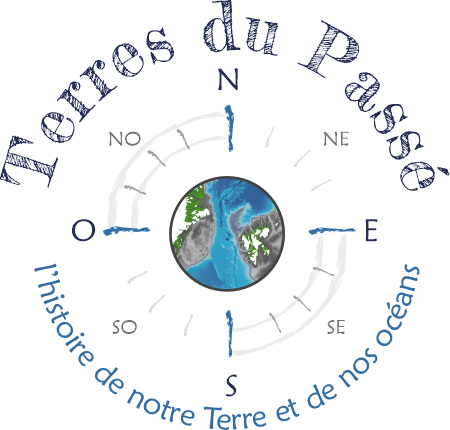European Geoscience Union - 2015 - Oral

Stratification of surface waters during the last glacial millennial climatic events: a key factor in subsurface and deep water mass dynamics
Mélanie WARY1, Frédérique EYNAUD1, Marjolaine SABINE1, Sébastien ZARAGOSI1, Linda ROSSIGNOL1, Bruno MALAIZE1, Edouard PALIS1,2, Jena ZUMAQUE1,3, Clémence CAULLE1,4, Aurélie PENAUD5, Elisabeth MICHEL6, and Karine CHARLIER1
(1) UMR 5805, EPOC (Environnements et Paléoenvironnements Océaniques), Université de Bordeaux, 33615 Pessac, France,
(2) now at: UMR 7329, Géoazur, Université de Sophia Antipolis, 06560 Valbonne, France,
(3) now at: UQAM, Université du Québec à Montreal, Montréal, Québec H3C 3P8, Canada,
(4) now at: Laboratory of Recent and Fossil Bio-Indicators, CNRS UMR6112 LPG-BIAF, Angers, France,
(5) UMR 6538, Domaines Océaniques, IUEM-UBO, F-29280 Plouzané, France,
(6) UMR 8212, LSCE (Laboratoire des Sciences du Climat et de l’Environnement), CEA/CNRS-INSU/UVSQ, 91198 Gif-sur-Yvette cedex, France.
The last glacial period was punctuated by abrupt climatic events with extrema known as Heinrich events (HEs) and Dansgaard-Oeschger (DO) cycles. These millennial events have been the subject of many paleoreconstructions and model experiments in the past decades, but yet the hydrological processes involved remain elusive. In the present work, high resolution analyses were conducted on the 12-42 ka BP section of core MD99-2281 retrieved Southwest off Faeroes. Our multiproxy approach, coupling micropaleontological, geochemical and sedimentological analyses, allows us to track surface, subsurface, and deep hydrological processes occurring during these rapid climatic changes. Records indicate that the coldest episodes of the studied period (Greenland stadials and HEs) were characterized by a strong stratification of surface waters. This surface stratification seems to have played a key role in the dynamics of subsurface and deep water masses. Indeed, periods of high surface stratification are marked by a coupling of subsurface and deep circulations which sharply weaken at the beginning of stadials; simultaneously, surface conditions progressively deteriorate throughout these cold episodes. At the opposite, periods of decreasing surface stratification (Greenland interstadials) are characterized by a coupling of surface and deep hydrological processes with progressively milder surface conditions and gradual intensification of the deep circulation; at the same time, the vigor of the subsurface Atlantic inflow remains constantly high. In addition to this remarkable oceanographical scheme, our results also reveal different and atypical hydrological signatures for Heinrich events 2 and 3. Our findings thus bring valuable information to better understand hydrological processes occurring in a key area during the abrupt climatic shifts of the last glacial period.
 Terres Du Passé
L'histoire de notre Terre et de nos Océans
Terres Du Passé
L'histoire de notre Terre et de nos Océans


